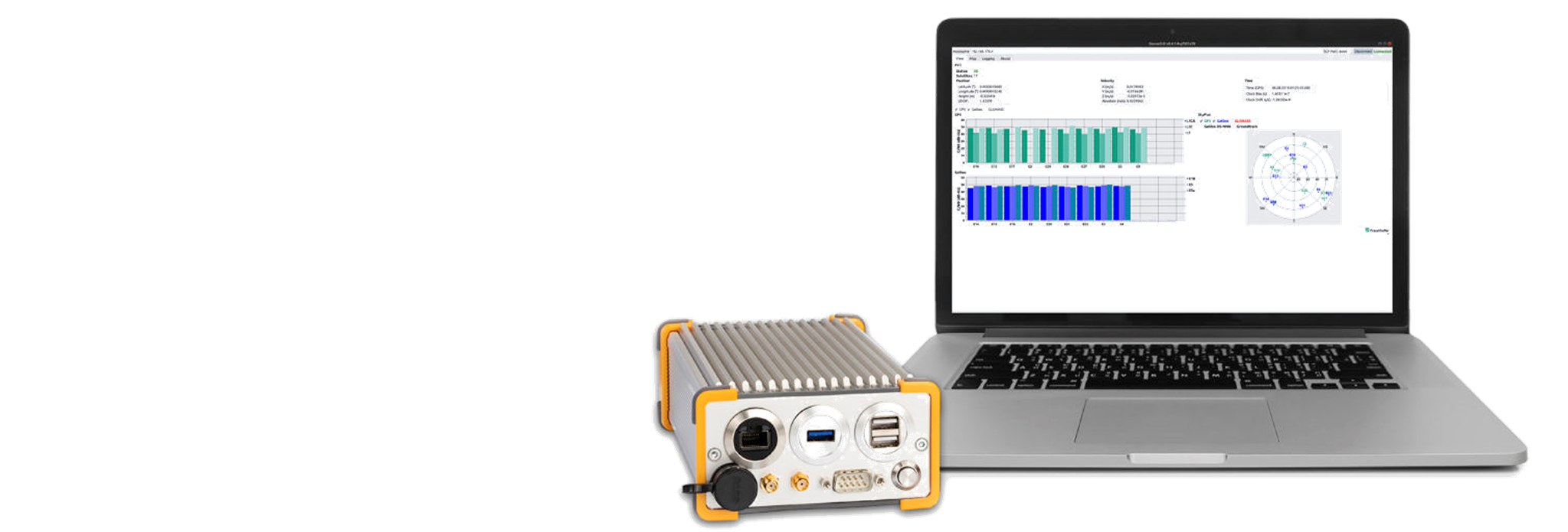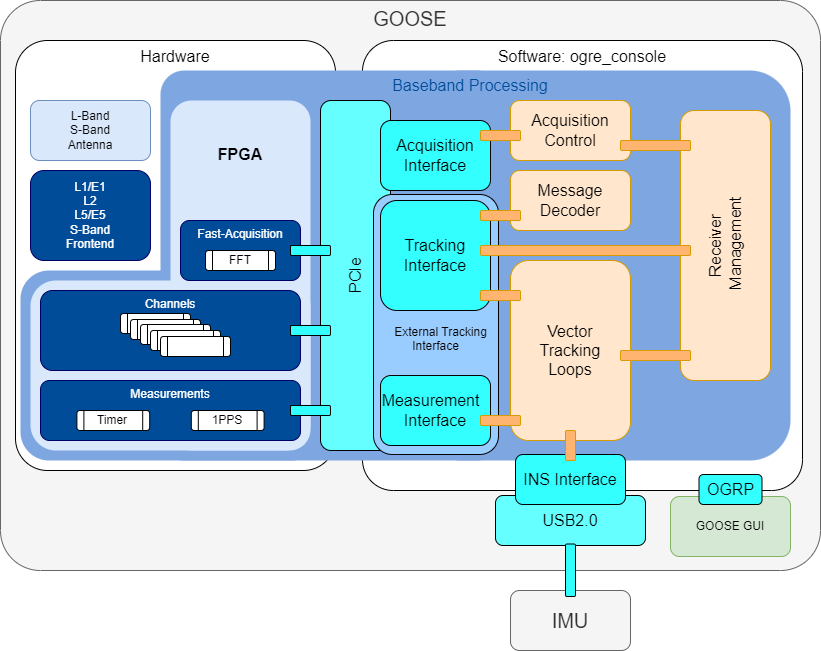In Conventional GNSS receivers (Scalar Tracking Loop – STL), tracking is performed in several independent tracking loops that provide measurements (pseudo ranges, pseudo range rates, carrier Doppler) to a navigation algorithm (kalman filter) in charge of the PVT solution.
In Vector Tracking Loops (VTL), the two tasks of signal tracking and PVT estimations are combined and allows the exploitation of the inherent coupling between the dynamics in each channel and the dynamics of the receiver. In the vector architecture the navigation filter estimator closes the signal tracking loops by generating corrections for the code and carrier numerically controlled oscillators (NCO).
The latter is extremely suitable for automotive applications in particular, as it ensures robustness against shadowing and multipath propagation in urban environments.

